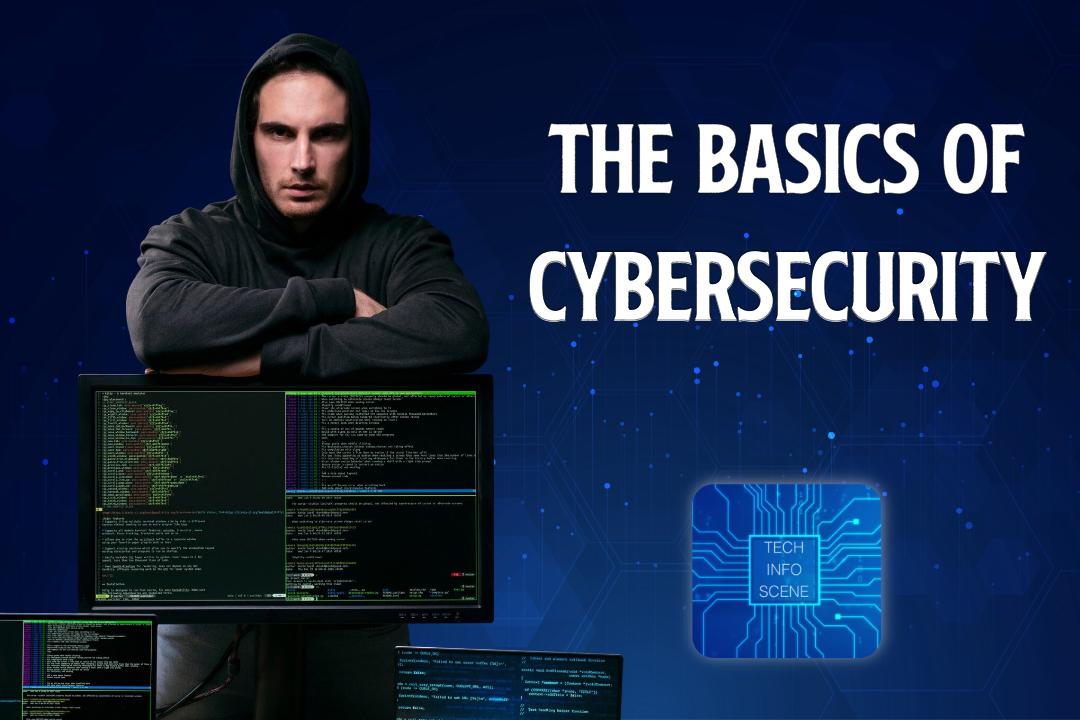Understanding the Basics of Cybersecurity
According to Dark Reading, the average data breach can cost businesses around $5 million. For this reason, cybersecurity professionals are always in high demand.
Understanding how attacks happen makes it easier to stop them. Cybersecurity isn't about mastering code or buying expensive tools. It starts with knowing where the risks are and making simple, smart choices.
The right habits keep you from falling into the traps that attackers count on. In this guide, we'll take a closer look at its nuances and how to navigate them with our digital security tips.
What Happens When Systems Are Left Unprotected
Cyberattacks rarely begin with something flashy. They start with small cracks or a firewall that hasn't been updated in a while. Once those cracks open, the damage spreads fast.
Private accounts get hijacked, and entire networks go dark. Without basic safeguards in place, even casual users become easy targets.
Common Entry Points Hackers Exploit
Most intrusions don't require advanced tactics. In fact, many begin with overlooked weak spots that appear harmless at first. These are the areas that often lead to trouble:
Devices running without recent updates
Public Wi-Fi networks without encryption
Apps that request more access than they need
Each of these paths makes it easier for bad actors to slip through unnoticed.
Steps That Strengthen Everyday Defenses
You don't need a tech background to stay protected. Making small adjustments to your habits can stop attacks before they start. Start by creating long, unique passwords for each account.
Add two-factor authentication wherever possible to slow down unauthorized access. These online safety measures give you more control without adding complexity. Learn what each app or platform asks of you, and don't grant more than necessary.
How Networks Get Compromised Without Warning
When one user lets their guard down, the entire network becomes vulnerable. Malware doesn't stop at the first machine; it spreads as soon as possible.
Without clear policies and regular checks, attacks go unnoticed until the damage is done. The following network security strategies can help contain threats before they escalate:
Use separate logins for internal and external access
Monitor traffic for signs of unauthorized activity
Block known malicious IPs automatically
Encrypt all internal and external communications
Train teams to recognize suspicious behavior
Encourage continuing education
Staying proactive with these methods keeps systems more stable and harder to breach.
Tools That Keep Information Out of the Wrong Hands
Digital protection isn't about staying locked away, it's about staying in control. Software that scans for threats in real-time can help, but people still have the most substantial impact.
Knowing when to act and how to respond keeps information secure. These data protection techniques keep users from losing what matters. The goal is consistency and awareness that build over time.
Understanding Cybersecurity Is Easier Than It Seems
Cybersecurity works best when it becomes part of your routine, not a last-minute fix. Let the knowledge guide your actions and make protection a daily habit.
Tech Info Scene delivers up-to-date technology news, industry leadership changes, and breakthrough innovations from global companies. From AI infrastructure and digital safety tools to executive appointments and tech awards, our platform keeps you informed on what's shaping the future. You can stay updated on the latest technology news here.







